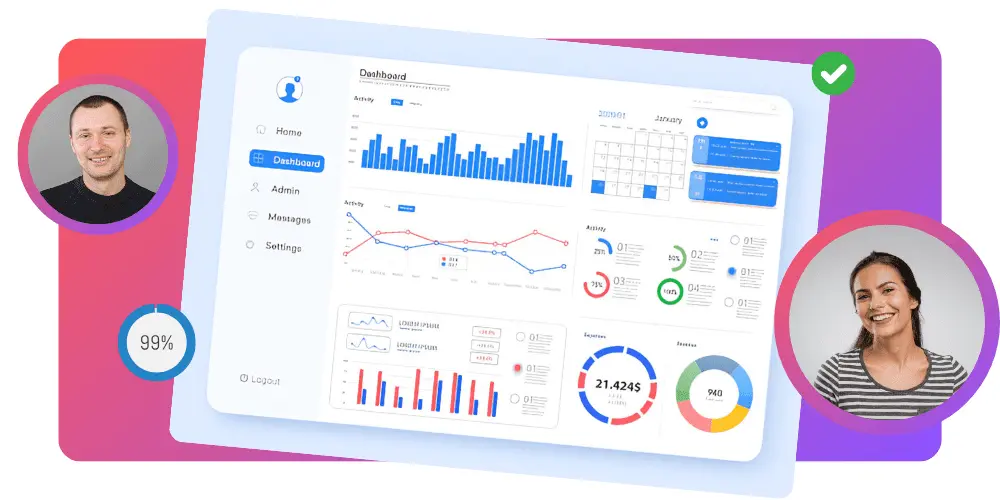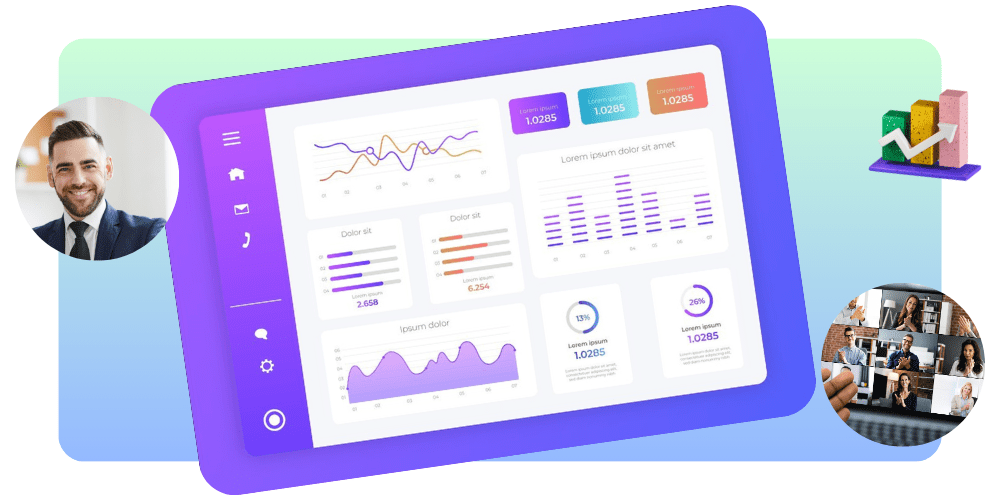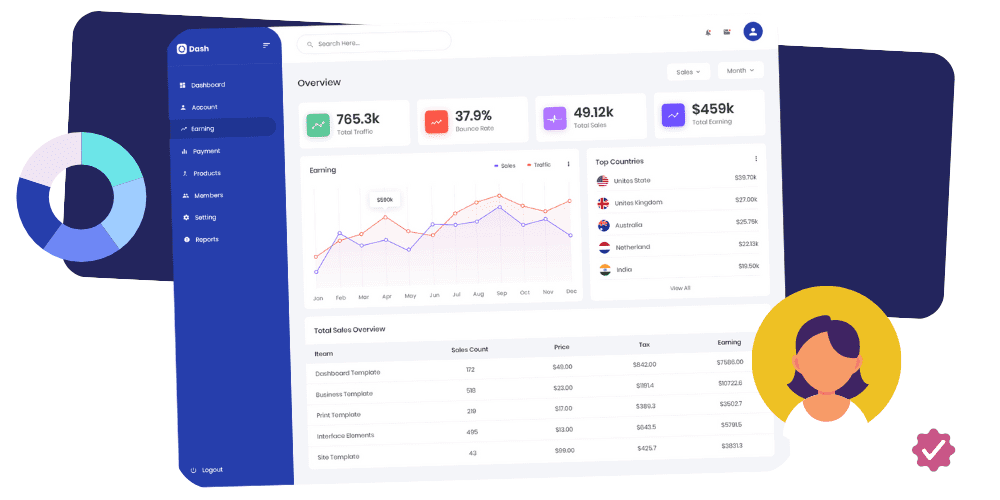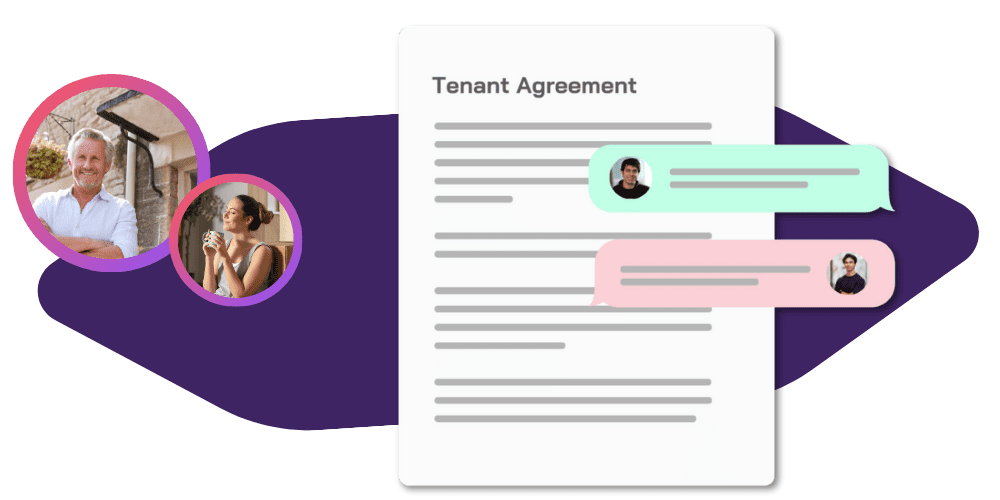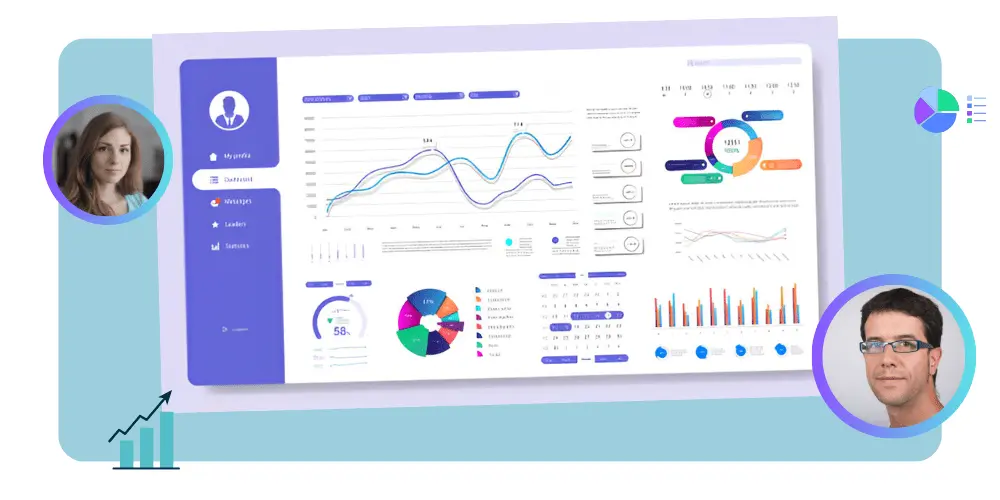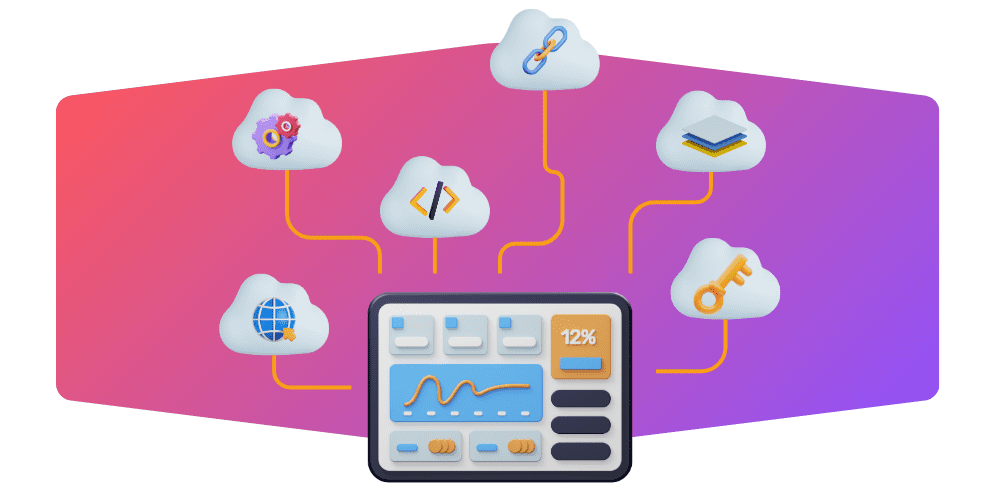Did you know that 40% of tech companies struggle with proper revenue recognition for their long-term contracts, potentially leading to significant financial statement errors? Revenue recognition and long-term contracts present unique challenges for tech companies operating in the UK and USA. Your software licences, implementation services, and ongoing support agreements often combine multiple performance obligations, making it complex to determine when and how to recognise revenue correctly. Understanding the proper treatment of long-term contract revenue recognition is crucial for accurate financial reporting. Whether you’re dealing with subscription-based services, multi-year implementation projects, or revenue recognition contracts with customers involving variable pricing, getting it right matters. This comprehensive guide examines the key considerations, regulatory requirements, and practical approaches to help you navigate revenue recognition for long-term contracts in the tech industry across both UK and US markets.
Regulatory Framework Comparison
Understanding the regulatory landscape is crucial for your tech company’s revenue recognition practices. The frameworks in the UK and US share common principles but have distinct requirements that impact how you recognise revenue from long-term contracts.
Key Differences Between UK GAAP and ASC 606
While both frameworks focus on the transfer of control, they differ in several key areas:
| Aspect | UK GAAP | ASC 606 |
| Variable Consideration | More flexible estimation | Stricter constraint requirements |
| Performance Obligations | Less detailed guidance | Specific criteria for identification |
| Contract Modifications | Simpler approach | More complex treatment |
Need a reminder about Revenue Recognition
Impact on Tech Company Revenue Recognition
Your tech company’s revenue recognition approach needs to consider these framework-specific requirements. When dealing with variable consideration in long-term contracts, you must:
- Use the expected value method (the probability-weighted method) for multiple possible outcomes
- Apply the most likely amount approach for binary outcomes (like performance bonuses)
- Consider constraint requirements before recognising variable revenue
Compliance Requirements and Deadlines
For revenue recognition contracts with customers, you must evaluate performance obligations at contract inception. The frameworks require you to assess whether promised goods or services are distinct and identify the timing of the transfer. Your contract modifications need careful consideration – especially when dealing with termination penalties or scope changes. Remember that revenue recognition for long-term contracts requires ongoing monitoring. You’ll need to regularly update your estimates of variable consideration and reassess your conclusions about performance obligations as contracts evolve.
Performance Obligation Analysis
Analysing performance obligations in your tech contracts requires careful consideration of multiple elements that affect revenue recognition for long-term contracts. Let’s break down the key components you need to evaluate.
Identifying Distinct Services in Tech Contracts
When reviewing your tech contracts, you must determine whether each service is distinct. A service is considered distinct when it meets two criteria:
- The customer can benefit from the service on its own
- The service is separately identifiable from other promises in the contract
For example, when you provide both software licencing and implementation services, these are typically distinct obligations requiring separate revenue recognition treatment.
Software Licence and Update Considerations
Your software licence agreements often include multiple rights and obligations that affect revenue recognition. Consider this breakdown:
| Licence Component | Revenue Recognition Timing |
| Core Licence | Upon customer access |
| Updates/Maintenance | Over service period |
| Remix Rights | At contract inception |
When your contracts include renewal rights, you must evaluate whether they constitute a material right to the customer. Early renewal options and blend-and-extend modifications require special consideration in your revenue recognition contracts with customers.
Implementation Service Obligations
Implementation services in your tech contracts often represent a separate performance obligation. You need to assess whether these services:
- Transform the software significantly
- Integrate multiple components
- Provide essential functionality
The timing of revenue recognition for implementation services depends on whether they transfer control to the customer over time or at a point in time. Consider how your customer obtains and consumes the benefits of these services throughout the implementation period.
Contract Modification Management
Managing contract modifications effectively is essential for maintaining accurate revenue recognition in your tech business. When customers request changes to existing agreements, you need a systematic approach to assess and account for these modifications.
Types of Contract Changes in the Tech Industry
Contract modifications in the tech sector typically fall into distinct categories:
| Modification Type | Description | Common Example |
| Scope Changes | Adding/removing services | Additional user licences |
| Price Adjustments | Changes to consideration | Volume discount updates |
| Term Extensions | Duration modifications | Blend-and-extend arrangements |
| Service Updates | Changes to deliverables | Feature enhancements |
Accounting Treatment Options
Your approach to accounting for contract modifications depends on the nature of the change. ASC 606 provides four primary treatment options:
- Separate Contract Treatment: When new distinct services are added at standalone pricing
- Prospective Modification: For remaining distinct services at new prices
- Cumulative Catch-up: When services aren’t distinct from the original contract
- Combination Approach: For mixed modifications affecting both distinct and non-distinct services
Impact on Revenue Recognition Timing
The timing of your revenue recognition for long-term contracts can shift significantly based on modification type. Consider these key factors:
- Termination Rights: Assess whether penalties are substantive
- Variable Consideration: Evaluate constraints on estimates
- Performance Obligations: Determine if new obligations are distinct
- Transaction Price: Recalculate based on modification terms
When managing blend-and-extend modifications, you must carefully evaluate whether the new blended price represents a standalone selling price for the remaining performance obligations. This assessment directly impacts your revenue recognition timing and measurement.
Variable Consideration Challenges
Navigating variable considerations in your tech contracts requires careful attention to pricing structures and estimation methods. As your revenue streams become more complex, understanding how to handle variable elements becomes crucial for accurate revenue recognition.
Explore more for Technology Businesses
Usage-Based Pricing Models
Your tech company’s usage-based pricing introduces unique challenges for customer revenue recognition contracts. When dealing with consumption-based services, you need to estimate variable elements while considering:
| Pricing Element | Recognition Consideration |
| Per-User Fees | Monthly active user counts |
| API Calls | Usage patterns and thresholds |
| Storage Tiers | Consumption forecasts |
| Transaction Volume | Historical usage data |
Performance Bonuses and Penalties
Your long-term contract revenue recognition must account for performance-linked variations. Consider these key elements:
- Performance bonuses for early delivery or exceeding SLAs
- Penalties for missed milestones or service disruptions
- Volume-based incentives and rebates
- Customer satisfaction-linked adjustments
Estimation Methods and Constraints
For revenue recognition and long-term contracts involving variable consideration, you must choose between two estimation approaches: Expected Value Method: Apply this when you have multiple possible outcomes, like usage-based pricing with various consumption tiers. Calculate probability-weighted amounts across the range of potential outcomes. Most Likely Amount: Use this for binary outcomes, such as achieving a performance bonus. Select the single most probable amount when only two outcomes are possible. Remember to apply the variable consideration constraint – only recognise revenue when it’s highly probable that a significant reversal won’t occur. This means carefully evaluating market volatility, customer behaviour patterns, and historical experience with similar contracts.
Conclusion
Revenue recognition for long-term contracts presents significant challenges, yet mastering these principles proves essential for your tech company’s financial accuracy and compliance. Through a proper understanding of regulatory frameworks, performance obligations, contract modifications, and variable consideration, you can build robust revenue recognition practices. Your success depends on several key factors:
- Clear identification of distinct performance obligations within tech contracts
- Systematic approaches to contract modification management
- Accurate estimation methods for variable consideration
- Understanding of framework-specific requirements between UK GAAP and ASC 606
These elements combine to create a comprehensive revenue recognition strategy for compliance needs and business growth. Your careful attention to performance obligation analysis helps prevent common pitfalls, while systematic contract modification management ensures consistent treatment across your organisation. Remember that revenue recognition practises require regular review and updates as your business evolves. Market changes, new contract structures, and emerging regulatory guidance may affect your approach to recognising revenue from long-term contracts. Maintaining detailed documentation of your revenue recognition decisions helps support audit reviews and ensures consistent application of your chosen methods.





